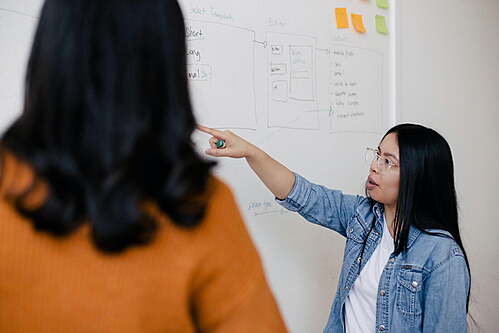Translation Technologies and Quality Assurance

At ASSERTIO Language Services, human expertise forms the core of every translation project, but technology plays a critical supporting role in ensuring efficiency, consistency, and cost-effectiveness. Our comprehensive approach combines advanced tools with stringent quality standards, aligning closely with industry best practices and international standards such as ISO 17100 and ISO 18587.
We leverage industry-leading translation technologies, including SDL Trados for managing complex, structured content. For agile, cloud-based localization needs, we utilize platforms like Crowdin, allowing us to seamlessly adapt workflows to diverse project requirements. These powerful tools not only help accelerate turnaround times but also guarantee consistency in terminology, tone, and style across multilingual projects.
Compliance with ISO 17100, the international standard for translation services, underscores our commitment to delivering translations of the highest quality. This standard requires strict adherence to rigorous processes, including qualified linguist selection, structured translation and revision cycles, and robust project management procedures. Additionally, our adoption of ISO 18587 ensures that our machine translation and post-editing workflows meet strict quality guidelines, combining rapid delivery with reliable linguistic accuracy and cultural appropriateness.
Transparency and collaboration are central to our methodology. We actively involve clients throughout the translation process via collaborative platforms, fostering real-time feedback, transparency, and shared management of terminology and content approvals. This technology-enabled, client-focused approach ensures that every stage of the translation lifecycle—from initial source review to final delivery—maintains impeccable standards of quality, accuracy, and consistency.
